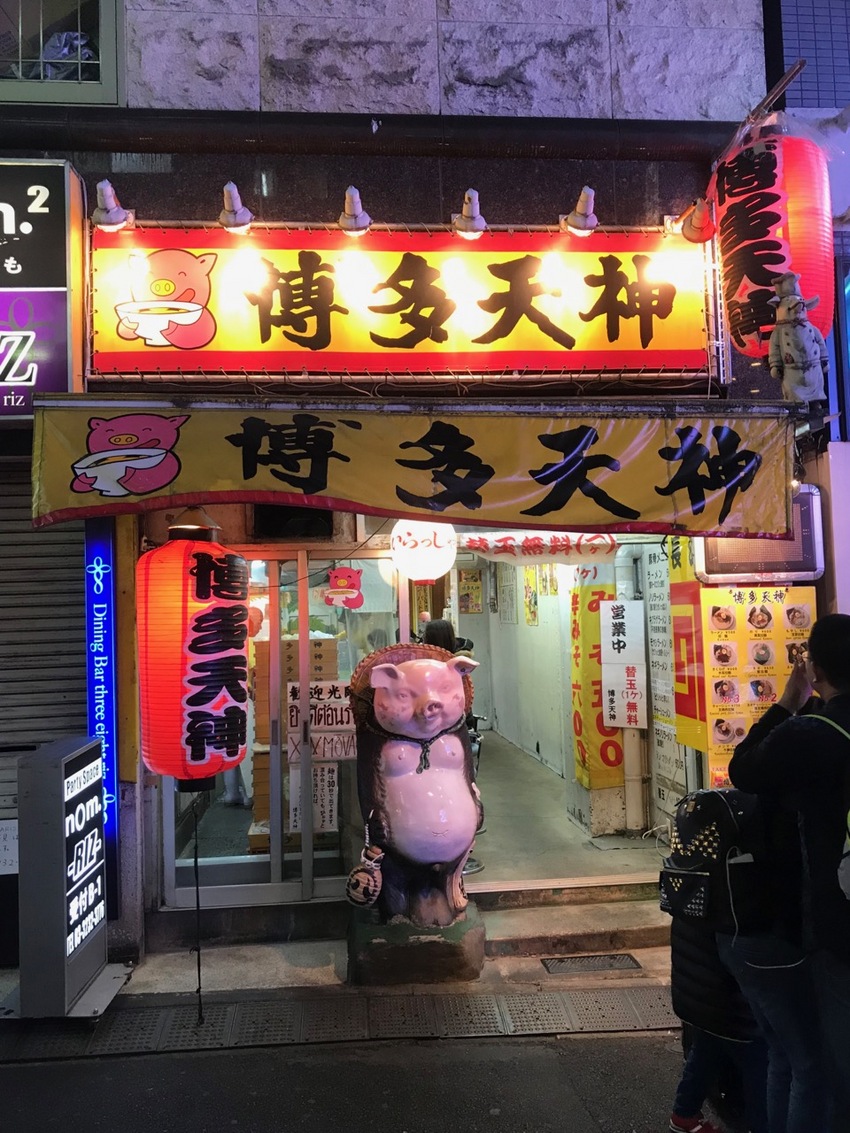Nov
28,
2017
What is SUICA?
Nov
27,
2017
Rakugo 落語
Do you know what Rakugo is?
You should search Tatsura Sunshine om You Tube ... You learn a lot about Japanese.
Nov
26,
2017
Late Night Meal
https://www.tripadvisor.com/Restaurant_Review-g1066457-d3752447-Reviews-Hakata_Tenjin_Shinjuku_West_entrance-Shinjuku_Tokyo_Tokyo_Prefecture_Kanto.html
Nov
25,
2017
Car Wash in Japan
Nov
24,
2017
Unique Cars in Japan
One of the most popular cars that people now starting to import from Japan is NISSAN GT-R 1992 or older.
Nov
22,
2017
Beautiful Japan
Nov
21,
2017
Day Trip Onsen ... 日帰り温泉
There are many deals like this all over Japan. Do the google serach and find your Onsen.
http://www.japanese-online.com
Nov
20,
2017
Cha / Ocha / Tea / 茶
茶 is the kanji word for "Cha" or Tea.
If you want a tea, you say "Ocha o Kudasai."
Water is 水 mizu.
If you want a whter, you can say "Omizu o Kudasai."
What is O before Cha and Mizu?
By having O, you are more polite.
You never say "Cha o Kudasai."
Although, you can say "Mizu o Kudasai."
Nov
19,
2017
Japanese Restaurant called Ryoutei 料亭
料亭: A ryōtei (料亭) is a type of luxurious traditional Japanese restaurant. Traditionally they only accept new customers by referral and feature entertainment by geisha, but in modern times this is not always the case. Ryōtei are typically a place where high-level business or political meetings can take place discreetly.
×
- If you are a bloguru member, please login.
Login - If you are not a bloguru member, you may request a free account here:
Request Account














